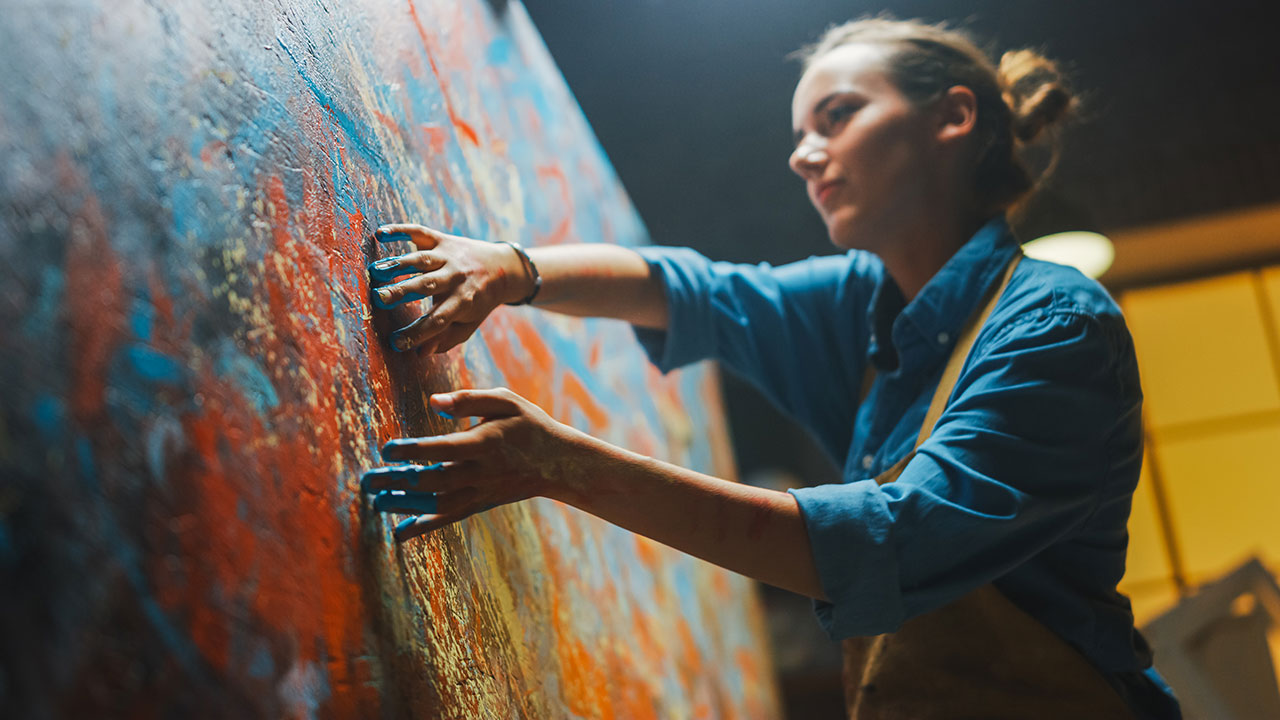Philly Artist Census Report Shows COVID-19 Challenges for Local Artists


PHILADELPHIA (WPVI) -- Philadelphia Mayor Jim Kenny released a revised budget plan last Friday that includes the elimination of the city's Office of Arts, Culture and the Creative Economy.
The closure of the agency will lead to the elimination of various grants and programs, including the Philadelphia Cultural Fund, a decades-long program that has recently distributed almost $3 million grants to the local art community, and the Percent for Art program, a 61-year-old city renovation project through which artists have helped in restoring parks and historical sites.
Philly Stewards, a coalition of local art groups, released the Philly Artist Census Report on Tuesday, based on a survey conducted in 2018. The report suggests many artists would be severely impacted by shrinking government funding.
According to the report, 65 percent of 537 respondents said they earn less than $40,000 per year, and half of them less than $20,000 per year. Also, one in five respondents said they financially support their art practice through grants and fellowships.
The survey also shed light on how predominantly white the local art community is. Of the 537 respondents, 78 percent identified themselves as white and less than 7 percent black. White and Black account for 45 and 44 percent of the population, respectively, according to the U.S. Census Bureau's population estimates.
"This may reflect the inherent privilege of pursuing an arts-focused career, which does not offer the stability or certainty of other vocations, and the family support and wealth that enables mostly white young artists to earnest pursue such a risky career path as their primary focus," said the report while acknowledging the 537 respondents represent only 3.7 percent of the entire artist community in the city.
The respondents had higher levels of education than the general population in the city. 40 percent of respondents said they had a bachelor's degree, and 42 percent a master's degree. In the city, only 14 percent of the population has a bachelor's degree and less than 7 percent a master's degree.
"It's a constant struggle with some of the other committee members and board members to get more diverse representation shown at the galley," said an anonymized respondent who identified themselves as a member of an art committee. "There needs to be more funding put behind people of color and queer artists, especially trans people of color. Too often I see money and solo shows go to white artists because they typically have more time, resources and social capital to score these opportunities."








